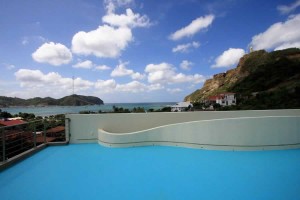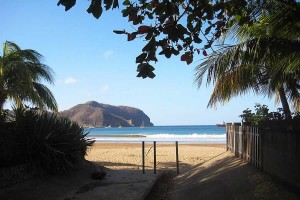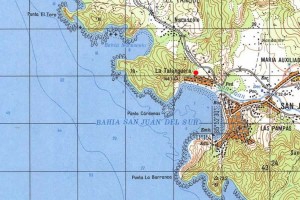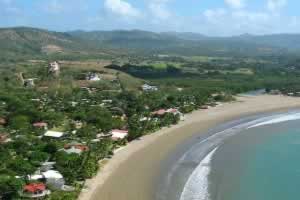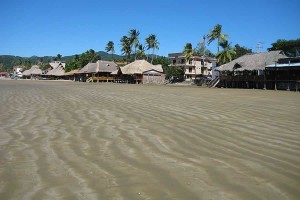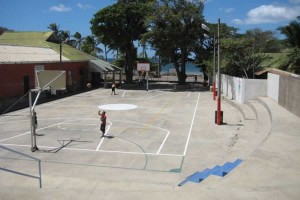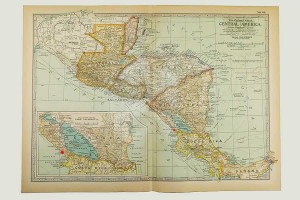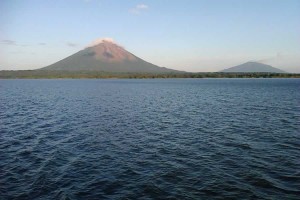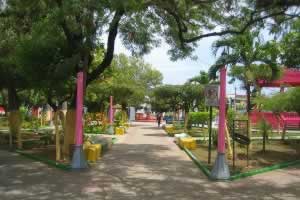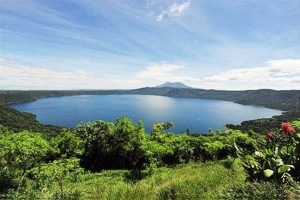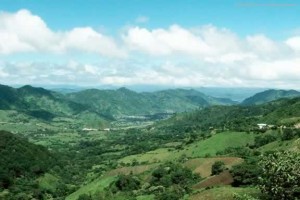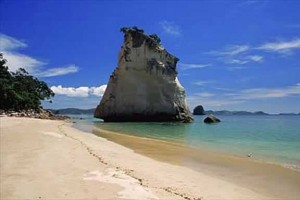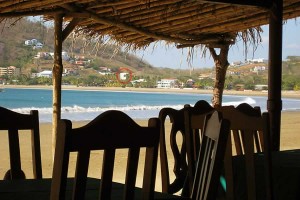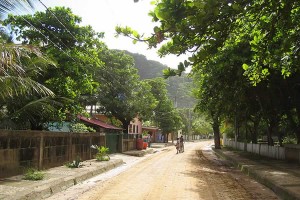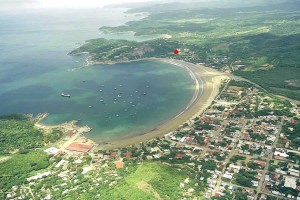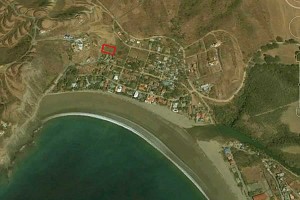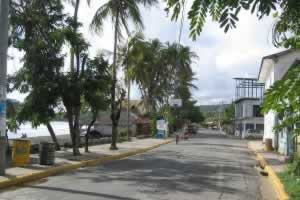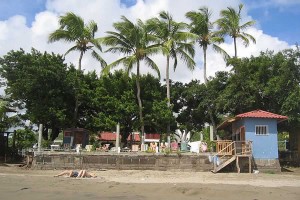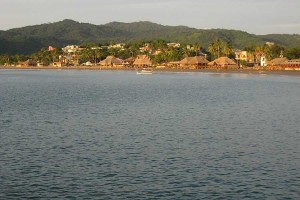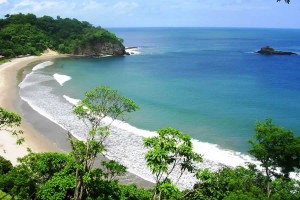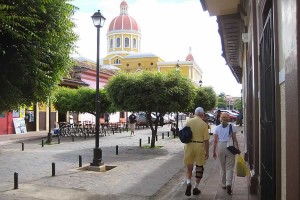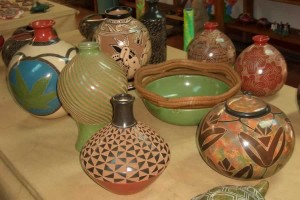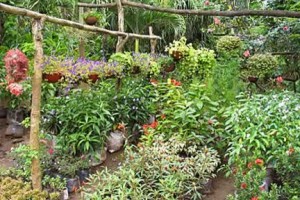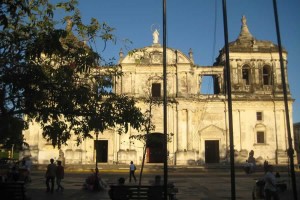Location
SITE AND NEIGHBORHOOD: When Jeff first saw the land, he sensed an unusual combination of qualities that translated into lifestyle, and value. The site that was powerful and sensual. You could see, hear, and walk to the waves – and no car trips from a distant “ocean view lot” were needed. Likewise, you could walk or bike to town, but are far enough removed from the hustle and bustle to enjoy the tranquility of the site and neighborhood. And then there was the tree; sitting just where a designer would dream of, is the species Guanacaste Tree, which now anchors the Community Green.
Finally, by the classic investment calculus of real estate, it’s hard to find a better location. The Talanguera district and the adjacent Hills of Pacific Marlin have been long established as the most beautiful, desirable, and valued neighborhoods in the country.
VILLAGE of SAN JUAN DEL SUR: Jeff calls the village a urban gem on the Pacific . . . but to know the history of San Juan you have to know its extraordinary geography. The Town formed around a natural deepwater harbor and beach, protected by outstretching hills and rock formations. San Juan del Sur has for millenia been the site of fishing, trade and inhabitation; a kind of magnet for human activity. The indigenous fishing village was noted by Andrés Niño in 1522, and in 1851 Cornelius Vanderbuilt formalized a new Continental Crossing, with San Juan as its Pacific port, until the opening of the Panama Canal in 1914. While fishing and seafood have remained constants, industry and shipping have been replaced by tourism.
Today’s San Juan is a wonderfully warm and walkable village that offers: a coherent city plan; charming low-scale streetscapes; a Cathedral Square (Parque); Sports Parks and Fields; a Port that services commercial and sports fishing, and sailing; local and fine dining; shopping and nightlife; an eclectic, international mix of people; and . . . . a mile of beach.
SOUTHWEST NICARAGUA and the DEPARTMENT OF RIVAS, are a true wonder of topography and nature. The area is also known as the Isthmus of Rivas as it is a finger of land flanked by the Pacific and Lake Nicaragua.
On the Pacific side of the Isthmus, a half hour’s drive or boat ride brings you to an amazing variety of beaches: from the surfing at Playas Maderas, Hermosa, or Yankee; to watching Ridley turtles protected at La Flor National Refuge; to simple tranquility at Marsella or Costa Blanca; or a combination of surf and chill at Remanso or Coco. A bit further up the coast are the tranquil beach communities and amazing surf breaks of Gigante, Colorado, and Popoyo.
On the Eastern side of the Isthmus, just 12 kilometers from San Juan del Sur at La Virgen, lies Lake Nicaragua, and so, the rest of Vanderbilt’s maritime route to the Atlantic via the Lake and Rio San Juan. From the shore of La Virgen, there is the ever present view of the Island of Ometepe, and its twin volcanoes rising up from the water. Ometepe is now recognized by many one of the natural wonders of the world. Further up the Western shore is the city of Granada, the former capital, established by the Spanish in 1540, renowned for its Courtyard Architecture, Public Squares, cafes, and Las Isletas (Little Islands). Both Ometepe and Granada make for easy day trips.
A half hours drive northeast of San Juan, is the commercial and agricultural town of Rivas, another former capital. Fertile and productive agricultural fields surround Rivas’s old streets, classic Parque, and a bustling Latin Mercado (market). Further north are the crafts centers of Masaya and San Juan del Oriente, renowned for ceramics. The volcano crater lake, Lago de Apoyo, is famed for its clear waters, beauty, and a variety of Guesthouses – and sits close to the farms and nurseries of Catarina.
NICARAGUA: While the southwest of Nicaragua can keep an exploring soul busy for many moons, the rest of the country offers more layers of geography, culture, and place – from the temperate high elevations of coffee country north of Managua, and the cities of Jinotega and Matagalpa; to the historic city of Leon and the northwestern coast; to the northern plains and the city of Esteli; or the Atlantic coast sporting the Islands of Corn and Little Corn, and the cities of Bluefields and Puerto Viejo.
